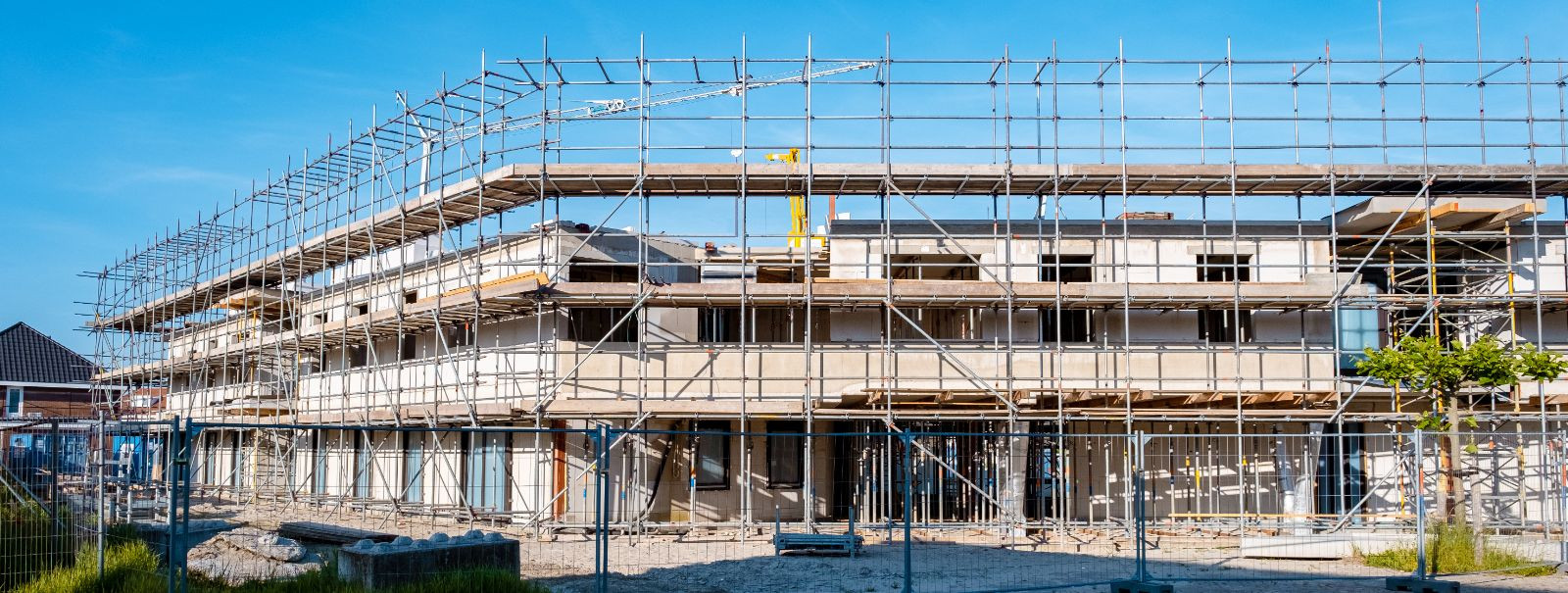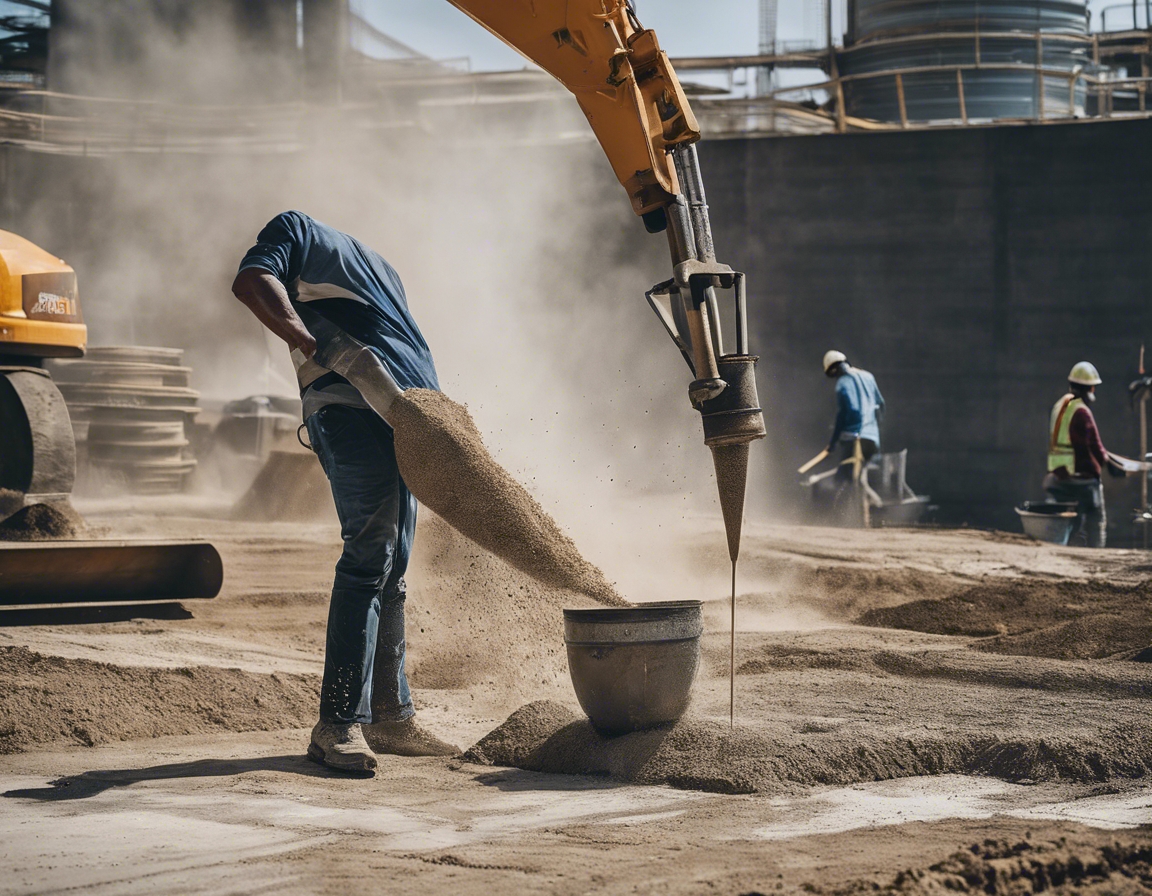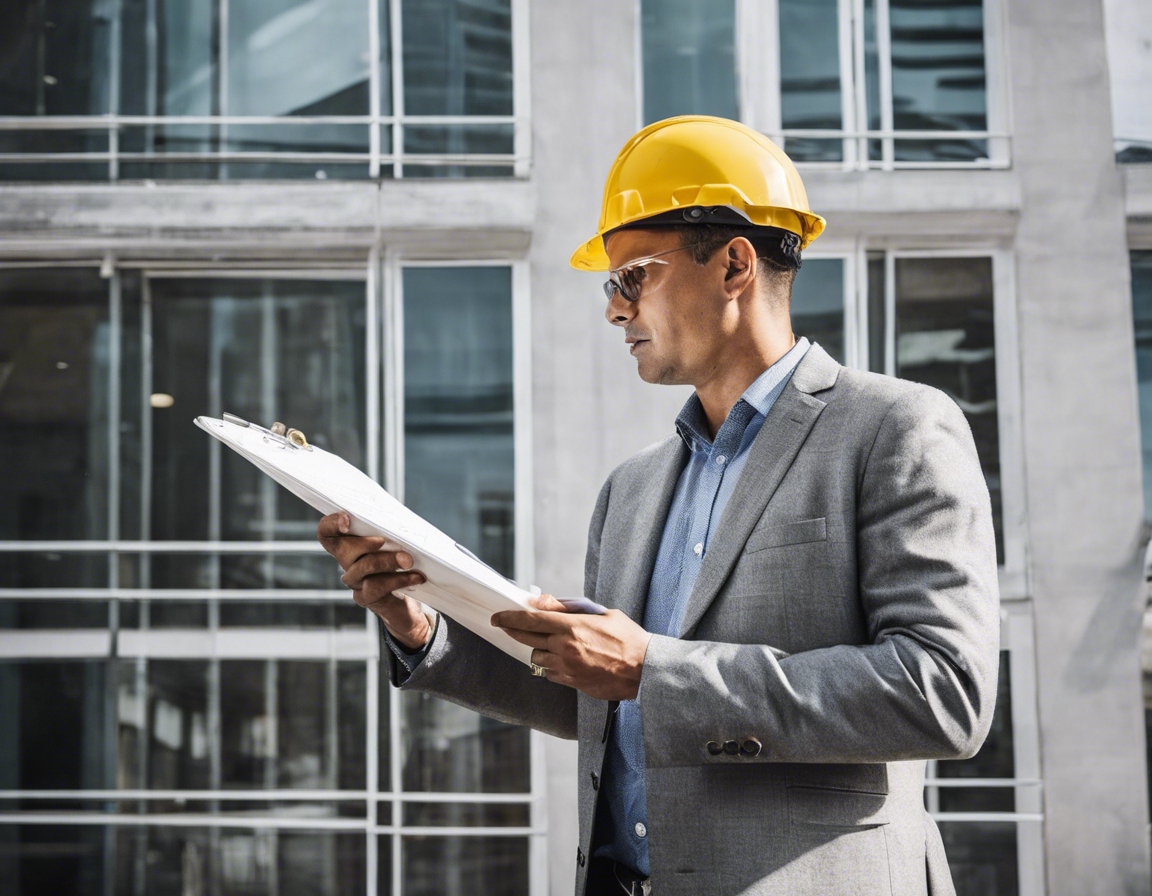Facade works: combining aesthetics with functionality
The facade of a building is more than just a pretty face. It's a critical component that encapsulates the aesthetic vision while fulfilling essential functional roles such as protection from the elements, insulation, and even identity creation for the building. Facade works, therefore, are a complex blend of art and science, requiring meticulous planning, design, and execution.
From the ornate exteriors of Baroque architecture to the sleek, glass-dominated facades of modern skyscrapers, the evolution of facade design reflects changes in technology, materials, and societal values. This evolution has led to a diverse range of architectural expressions, each with its unique set of challenges and solutions.
The Aesthetics of Facade Works
Today's facades are influenced by a myriad of architectural styles and trends. From the revival of classical motifs to the adoption of cutting-edge minimalist designs, the aesthetic choices are vast and varied, catering to the tastes and preferences of developers, owners, and the community at large.
Choosing the right materials is crucial for achieving the desired visual impact. Materials such as glass, steel, wood, and composite panels offer different textures, colors, and finishes, allowing architects and designers to craft unique and compelling facades.
The interplay of color schemes and textures can dramatically alter the perception of a building. Strategic use of these elements can highlight architectural features, create depth, and even influence the mood and character of the surrounding area.
Functional Aspects of Facade Works
Modern facades are not just about looks; they play a pivotal role in a building's energy efficiency. High-performance glazing, insulation materials, and shading systems are just a few examples of how facades can reduce energy consumption and enhance occupant comfort.
The longevity of a facade is determined by the durability of its materials and the quality of its construction. Low-maintenance materials and designs can significantly reduce long-term costs and preserve the building's appearance over time.
Compliance with building codes and safety standards is non-negotiable in facade works. Fire resistance, structural integrity, and weatherproofing are all critical considerations that must be integrated into the design and construction process.
Technological Innovations in Facade Works
The integration of technology into facade design has given rise to 'smart' facades capable of responding to environmental changes, optimizing natural light, and even generating energy through photovoltaic systems.
Sustainability is a driving force in contemporary facade design. Eco-friendly materials, green walls, and water conservation features are just a few examples of how facades can contribute to a building's overall sustainability profile.
Facade Works Project Management
Effective project management begins with thorough planning and design. This phase involves collaboration among architects, engineers, and stakeholders to ensure that the facade meets aesthetic, functional, and budgetary requirements.
The execution phase is where designs come to life. Quality control is paramount, with rigorous testing and inspections ensuring that the facade is constructed to the highest standards.





Comments (0)